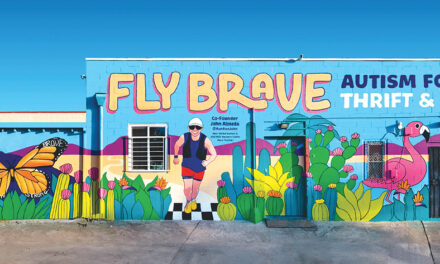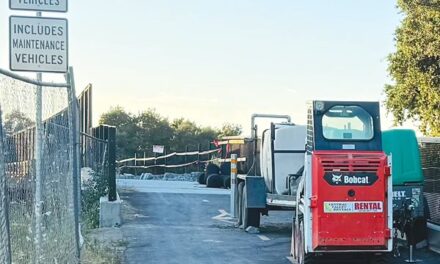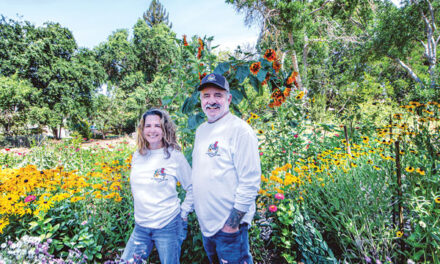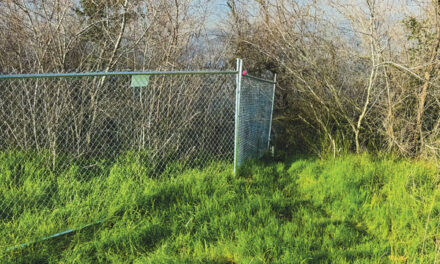The city’s condemned bicycle bridge over Interstate 5 and Riverside Boulevard insults a local icon. Recently poured substandard concrete embarrasses a 52-year-old monument.
I’m talking about the railroad bridge next to the doomed bike span.
These days, the old rail bridge is defaced by graffiti and brutalized by construction framework related to the new span next door. But there’s nothing wrong with the old freeway overpass.
It was built to last. It can still carry a freight train.
The train bridge doesn’t look like much. The concrete is pitted, the tracks worn. But those tracks tell Sacramento’s story—a story the city often forgets.
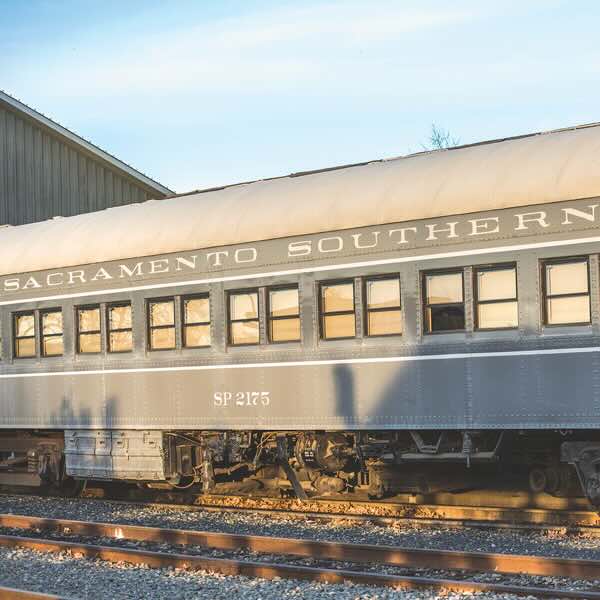
Sacramento wraps itself around the “farm to fork” movement. But who remembers how farm products moved from farm to fork when this was an ag town?
The bridge over I-5—the old train bridge, not the bike bridge—was the link. Follow those tracks and wander to Walnut Grove and Isleton. Learn what made Sacramento remarkable. Hint: Ag, not politics.
Track sections are gone now in Land Park, ripped up or paved over. But the rail route is still easy to find, part of the Del Rio Trail bike path.
The tracks were called the Walnut Grove Branch Line of the Sacramento Southern Railroad. They began at Front and I streets. They made Sacramento the agriculture hub of the West Coast, the toast of chefs nationwide.
In the early 1900s, when oligarchs chewed rich green asparagus at the Waldorf-Astoria Hotel in New York, the asparagus rode the Walnut Grove Branch Line from Alexander Brown’s farm.
Alex Brown and other Delta farmers used barges and steamships to move asparagus, potatoes, sugar beets and fruits from Rio Vista, Isleton and Walnut Grove to Sacramento’s waterfront.
At Front Street, produce was loaded onto trains and shipped east.
Southern Pacific Railroad had a scheme to sink the barges. It formed a subsidiary in 1903—Sacramento Southern—and bought easements from I Street to Walnut Grove.
Tracks were laid through South Sac and Pocket into the Delta between 1908 and 1912. Rails followed the river. Miles of track ran atop levees to avoid floods. Isleton joined the network in 1943.
Eight trains daily covered the route, four for freight, four for passengers. Then the Depression froze America’s ability to buy fresh produce.
Canneries closed. Freight demand crashed. Declines continued into the early 1970s, when only four trains per week rode the Sacramento Southern tracks. The final agriculture train chugged north in October 1978. The engine pulled eight empty produce cars.
The I-5 freeway was under construction in 1973. Train tracks were still considered necessary—if not for freight, maybe for a commuter line. Two hefty concrete train bridges were built over the new freeway, one at R Street for warehouses, one in Land Park for the Walnut Grove Branch Line.
Here the story goes haywire. When Southern Pacific abandoned the routes, State Parks took over the R Street bridge. The city was given the rail bridge over I-5 and Riverside in Land Park.
In 2007, city and state struck a deal. The city was allowed to pave the R Street bridge for bikes. And State Parks could run its excursion trains across the I-5 Riverside bridge.
When the city decided to connect the Del Rio Trail and Sac River parkway, there was talk about paving the Land Park I-5 train bridge. State Parks said no. They need the bridge for those excursion trains.
That’s how the Del Rio Trail ended up with the new bike bridge, a mess sandwiched against the 1973 railroad overpass.
The city calls the new span a “widening” of the original rail bridge. At $12 million, it looked good on paper.
For reasons the city won’t explain, the new bridge was built with substandard concrete and rebar. It never opened. The city wants it demolished and reconstructed.
I wonder what those old Sacramento Southern crews would say.
R.E. Graswich can be reached at regraswich@icloud.com. Follow us on Facebook and Instagram @insidesacramento.







